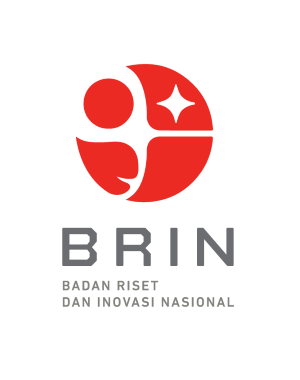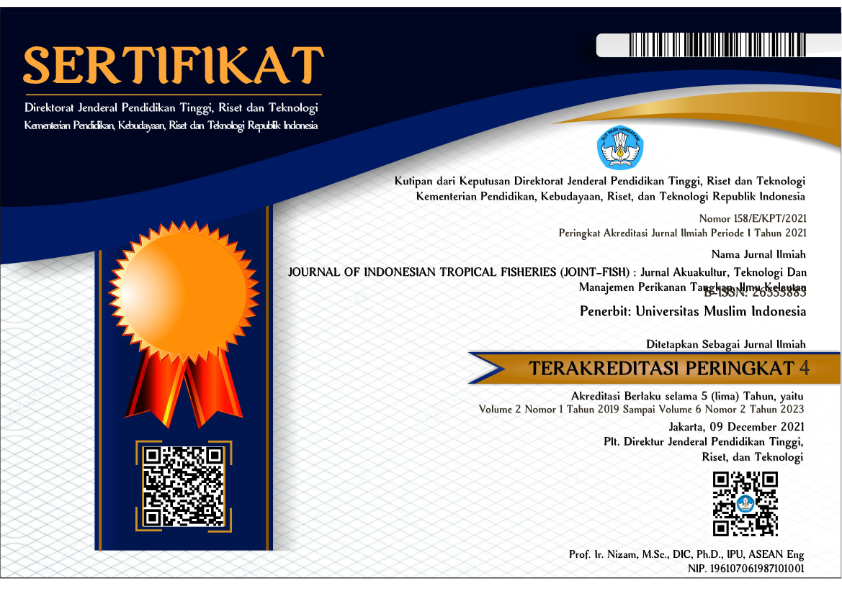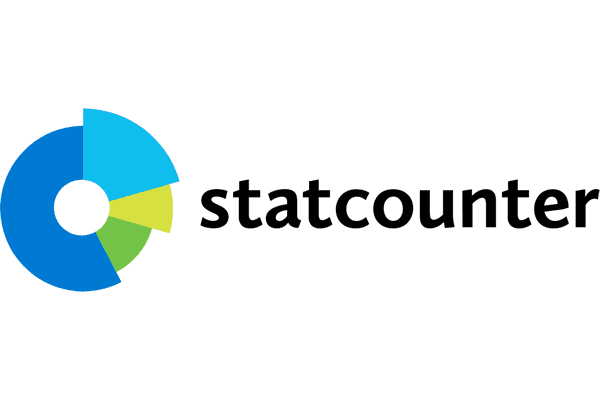ANALISIS KERENTANAN PENGELOLAAN WILAYAH PESISIR DITINJAU DARI PRESPEKTIF MITIGASI BENCANA DI KABUPATEN BADUNG PROVINSI BALI
Abstract
The vulnerability identification of coastal areas in this study consisted of the level of danger (earthquake and tsunami), physical vulnerability and non-physical vulnerability. Determination of hazard level using modeling based on seismic history in the subduction zone south of Bali, while analysis of the level of physical and non-physical vulnerability is used Descriptive analysis and Analytical Hierarchy Process (AHP). The analysis process will determine the ranking used as an indicator of decision making to create a vulnerability level map in the research area through the Geographic Information System (GIS) with three levels, namely high, medium and low. In this study also formulated coastal area management policies in the perspective of disaster mitigation using SWOT analysis. The results of the analysis show that four kelurahan in Badung Regency which have high levels of vulnerability are Kuta, Tuban, Kedonganan and Tibubeneng. While the seven kelurahan in the medium level of vulnerability are Jimbaran, Benoa, Tanjung Benoa, Legian, Seminyak, Canggu, Dalung, and the four kelurahan with low levels of vulnerability are Pecatu, Ungasan, Kutuh and Kerobokan. In general the research area is at a high to moderate level of vulnerability, this shows that a comprehensive disaster mitigation effort is needed by implementing several strategies formulated, including 1) developing disaster resilient village programs by establishing disaster risk reduction forums and volunteer training villages for disaster mitigation, 2) maximizing community knowledge in disaster and mitigation to cope with high earthquake and tsunami hazard levels, 3) implementing regional regulations on disaster mitigation based spatial planning effectively in controlling disaster risk areas and utilizing green lines as evacuation routes and meeting point.
References
This Document Illustrates how an Urban Design Approach Informs Developments Sensitive to the Unique Natural and Urban Characteristics of Coastal Places in NSW, Coastal Council of New South Wales, 2003
Pusgen 2007. Peta Sumber Dan Bahaya Gempa Indonesia Tahun 2017. Badan Penelitian dn Pengembangan Kementrian pekerjaan Umum Dan Perumahan Rakyat, ISBN978-602-5489-01-3.
Rangkuti, F. 2009. Analisis SWOT. Teknik Membedakan Kasus Bisnis. Reorientasi Konsep Perencanaan Strategis untuk Menghadapi Abad 21. Cet. 16. PT. Ikrar Mandiriabadi. Jakarta
Saaty 1986. Mat/d Modelling, Vol. 9, No. 3-5, pp. 161-176, 1987 Printpd in Great Britain. The Analitic Hierarchy Process-What It Is And How It Is Used, 4922 Ellsworth Avenue, Pittsburgh, PA 15213, U.S.A
UU RI No.1 tahun 2014 Tentang Tentang Perubahan Atas Undang-Undang Nomor 27 Ttahun 2007 Tentang Pengelolaan Wilayah Pesisir Dan Pulau-Pulau Kecil.
UU RI No. 24 Tahun 2004 tentang Penanggulangan Bencana.
UU RI No. 26 Tahun 2007 tentang Penataan Ruang.
UU RI No. 23 Tahun 2014 tentang Pemerintahan Daerah.











